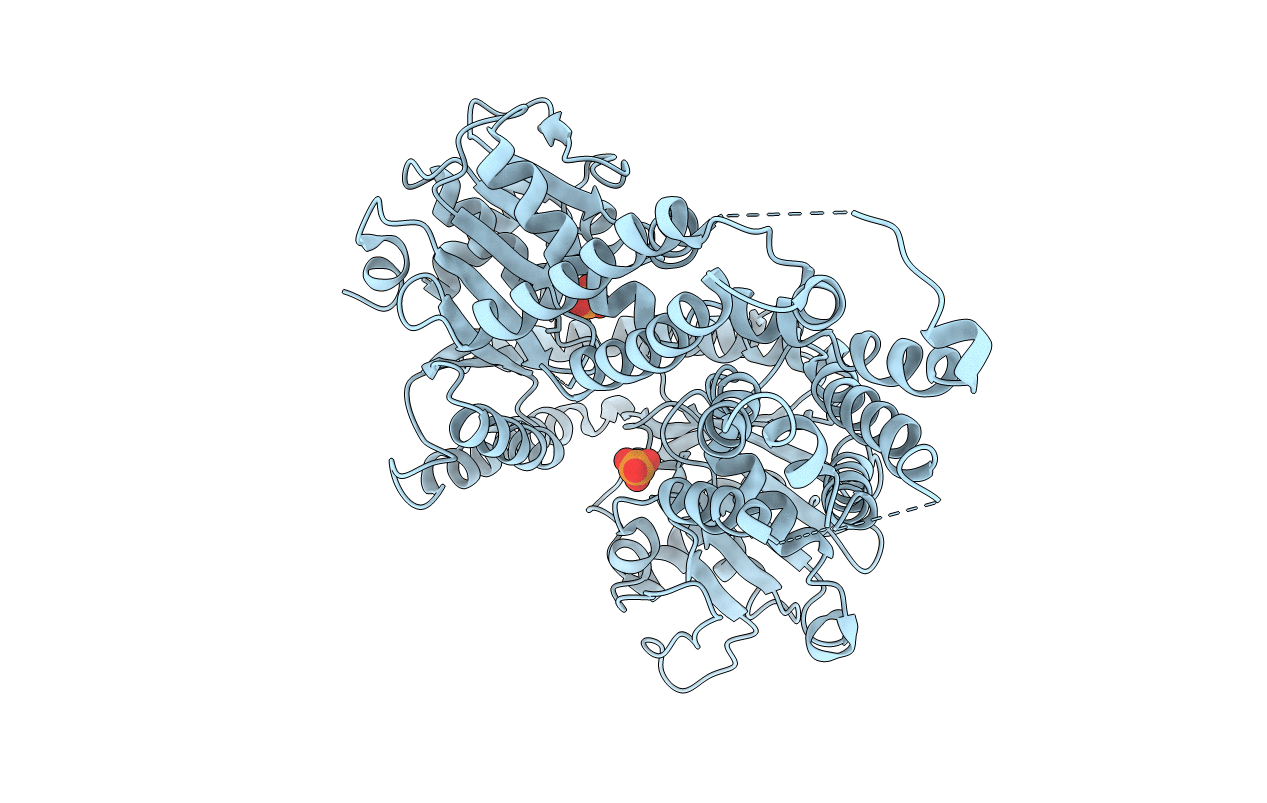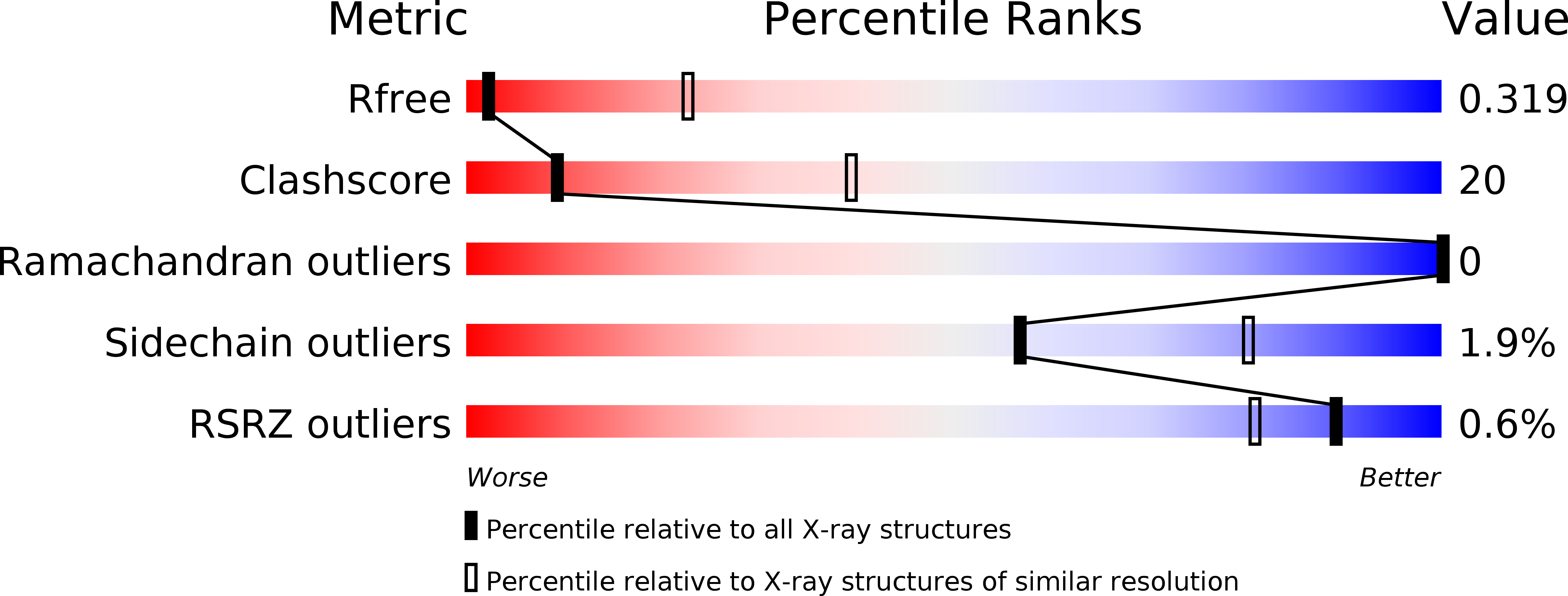
Deposition Date
2018-04-03
Release Date
2019-03-20
Last Version Date
2024-10-23
Entry Detail
PDB ID:
5ZME
Keywords:
Title:
Nucleotide-free form of C. reinhardtii ArsA1
Biological Source:
Source Organism:
Chlamydomonas reinhardtii (Taxon ID: 3055)
Host Organism:
Method Details:
Experimental Method:
Resolution:
3.60 Å
R-Value Free:
0.31
R-Value Work:
0.28
R-Value Observed:
0.29
Space Group:
P 41 21 2


